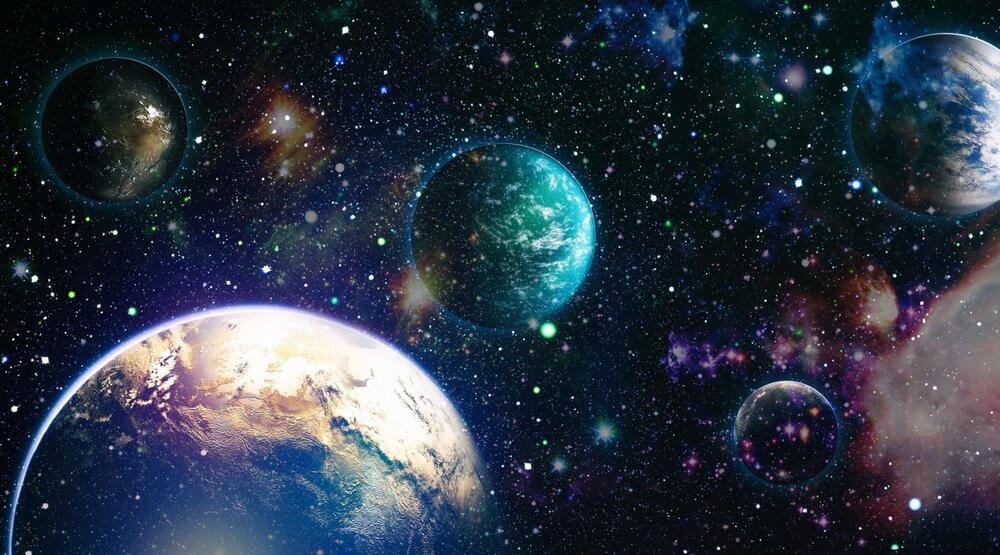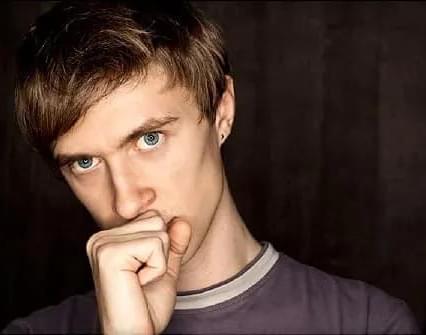Bloomberg connects decision makers to a dynamic network of data, delivering business and financial information, news and insights globally.




US studio Olson Kundig Architects has utilised a variety of wooden storm shutters and deep roof overhangs for a Hawaiian holiday home called Hale Napo’o.
Hale Napo’o, which translates to Sunset House, is located on the northern coast of Kauai, an island in the Hawaiian archipelago.
The clients desired a family retreat that opened up to the landscape and ushered in breezes from Hanalei Bay.



In an astonishing revelation, researchers from NASA and Japan’s Osaka University have uncovered data suggesting the rogue planets – those solitary wanderers unhinged from any star – significantly outnumber the approximately hundred billion planets which orbit stars.
The findings indicate that NASA’s Nancy Grace Roman Space Telescope, slated for launch by May 2027, could discover as many as 400 rogue planets similar in mass to Earth. A likely candidate for this category has already been singled out from the data.
David Bennett is a senior research scientist at NASA’s Goddard Space Flight Center and co-author of two papers detailing these findings.

Rocket Lab pulled one of its boosters from the sea after a launch on Monday (July 17), taking another step toward rocket reuse.
The offshore action was part of a mission called “Baby Come Back,” in which an Electron rocket successfully launched seven satellites to orbit from Rocket Lab’s New Zealand site.
Architects including Thom Mayne, Peter Cook and Reinier de Graaf have explained the thinking behind planned megacity The Line in a recently released 45-minute documentary.
Numerous architects feature in the recent Discovery Channel documentary, which is named The Line: Saudi Arabia’s City of the Future in Neom, alongside members of the Neom team and Saudi Arabia’s crown prince Mohammed bin Salman.
“I can’t think of anybody that wouldn’t want to be part of this project,” said Morphosis founder Mayne, while Cook Haffner Architecture Platform co-founder Cook said that “if it succeeds, it will be a new Babylon”.


Bryton Shang, CEO, Aquabyte.
We are facing a daunting task. The world will have to feed 10 billion mouths by 2050, but our current methods are unsustainable. Eleven percent of global emissions come from agriculture. Water, land and biodiversity are rapidly declining. And more than 800 million people continue to suffer from hunger.
One of the most exciting technological developments of today is AI. The applications of vertical AI—which is trained to deeply understand a single industry—are limitless. In my earlier career, I harnessed the power of AI for financial markets, then for cancer treatments. In my current work, I think a lot about how AI can help us tackle another complicated behemoth: the food system.